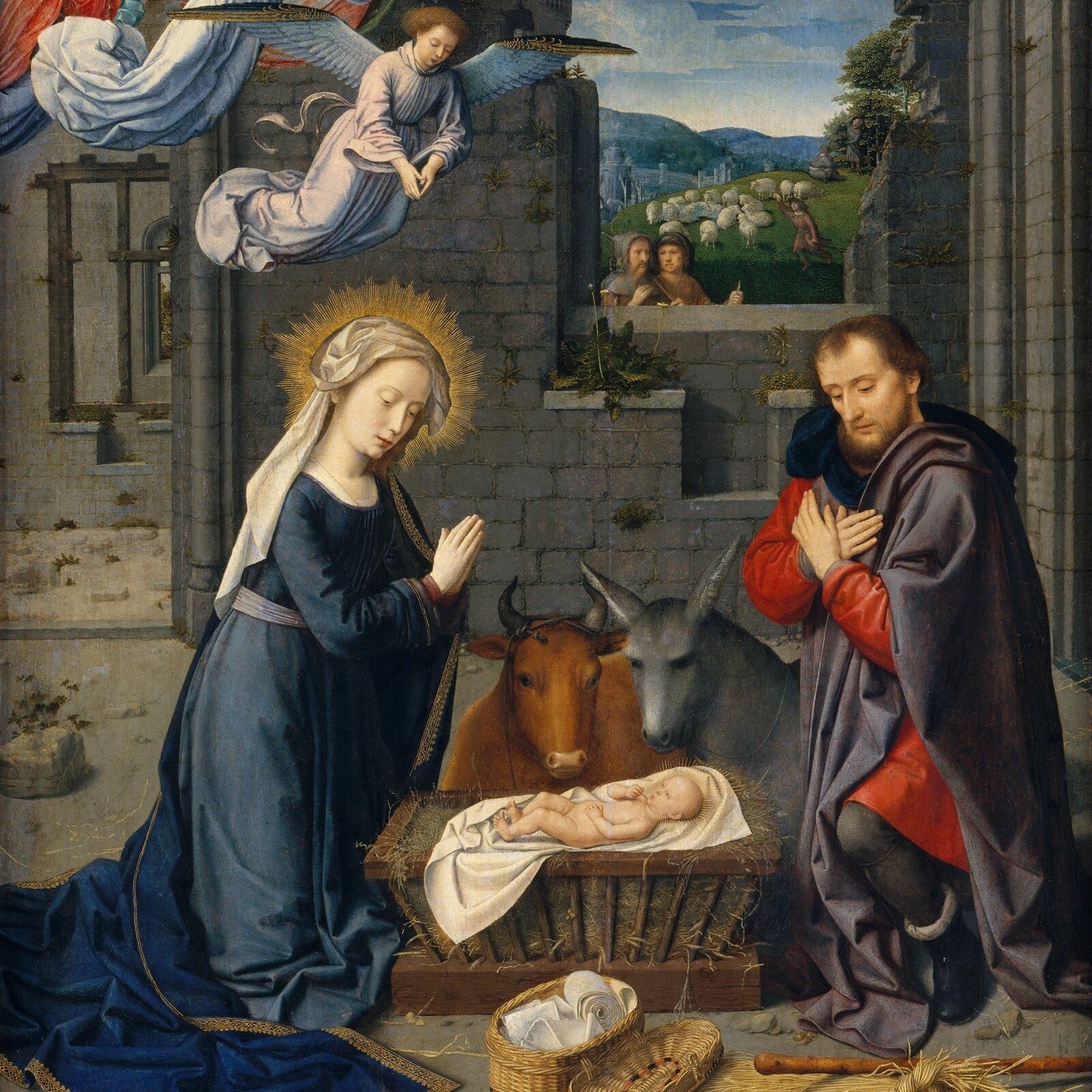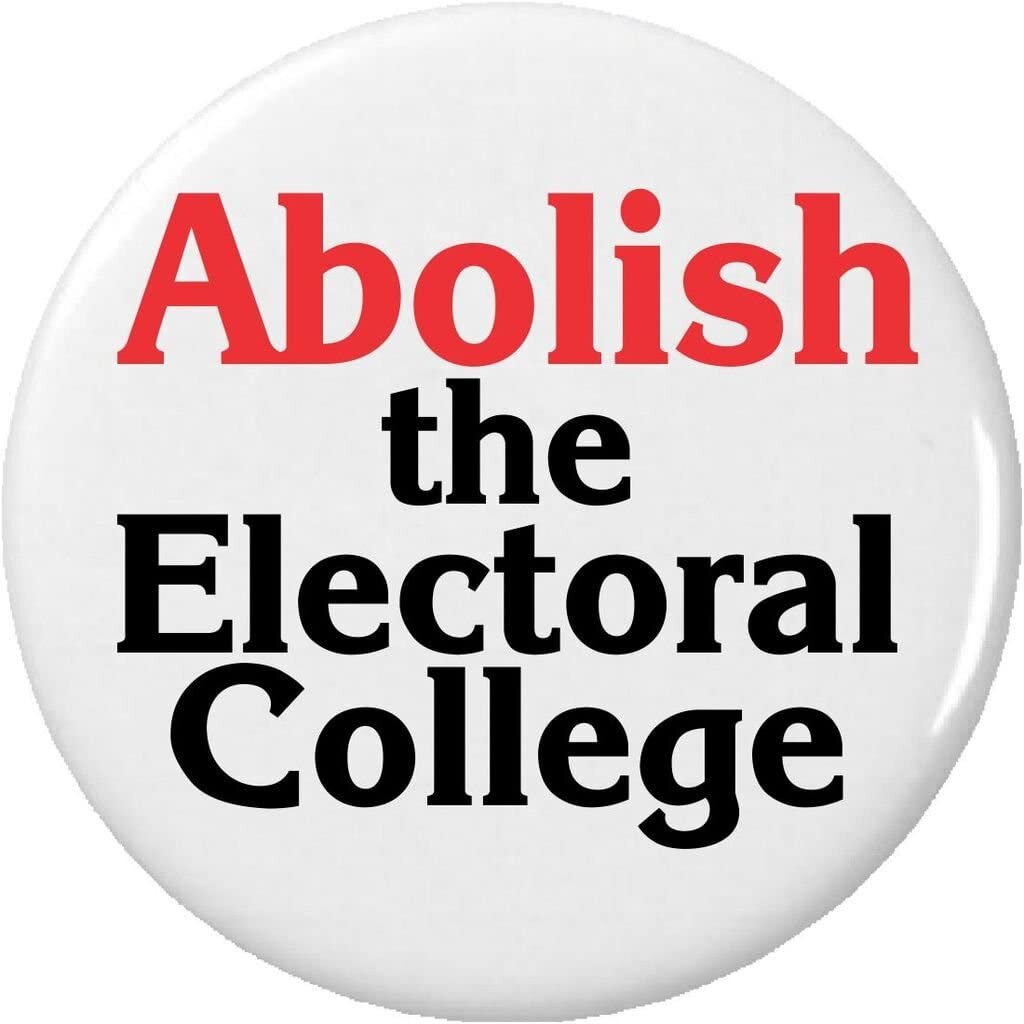As Americans reel from the COVID-19 pandemic, a now-forgotten pair of natural disasters exactly a century ago may hold lessons for the present.
In the spring of 1920, Nature unleashed its fury on the United States in two massive tornado outbreaks.
The first came on Palm Sunday, March 28, as worship services were concluding in the Chicago suburbs. At First Congregational Church in Elgin, Pastor J. W. Welch had just admonished his congregation, “Be prepared, for you know not when you will be called,” when heavy rain and high winds commenced. Most parishioners sheltered in place within the building. Minutes later, they heard a “terrific roar,” and the church’s tower fell through the roof, killing two adults and one child. A similar scenario played out at Elgin’s First Baptist Church, where one person died.
Outside the churches, other Passion dramas ensued. In the storm’s aftermath in Melrose Park, photographers congregated around an elderly woman, her head wrapped in a bloody towel, who refused to leave the spot where her house once stood. She “rocked continuously to and fro, mumbling incoherent words,” according to the New-York Tribune.
The storms in the Chicago area were part of a wider outbreak of at least 37 tornadoes, which left more than 200 dead and at least 1,000 injured across seven states. The day after the storms, the Brooklyn Times Union compared their effect to that “of the war in certain sections of France.”
But Nature was not done ravaging the nation. Three weeks later, on April 19-20, another rash of tornadoes killed more than 200 people across the South. One twister traveled for 130 miles, destroying multiple communities within its path. In Alabama, the Tuscaloosa News reported that most of the dead were “terribly mangled,” with arms and legs blown off.
By then, the public was becoming aware that tornadoes often came in “flocks,” as James H. Scarr, head of the U.S. Weather Bureau office in New York, put it after the Palm Sunday outbreak. A similar “flock” had killed upwards of 380 people just three years before in a weeklong sequence in May 1917. That outbreak included a half-mile-wide twister that obliterated much of the town of Mattoon, Illinois, causing such incredible destruction that even some residents cowering in storm cellars were crushed by the weight of debris.
Did Americans learn anything from these spasms of atmospheric violence? The meaning of events is always clearer in hindsight, but the 1920 tornadoes suggest three lessons that remain relevant for public officials today as they face the much greater crisis of COVID-19.
First, don’t shrink from the truth. In 1920, the U.S. Weather Bureau was still operating under an official ban, adopted in 1885, on using the word “tornado” in forecasts. The logic was to avoid causing panic, especially since tornado forecasting was unreliable by today’s standards. Amazingly, the 1920 tornadoes and even the 1925 Tri-State Tornado (the worst in American history, causing 695 deaths) were not enough to persuade officials to abandon the ban, which the government maintained until 1938. As Harry C. Frankenfield, chief forecaster at the Weather Bureau’s Washington headquarters put it in 1920, “if we predicted tornadoes, people in several states would quit work.”
At the same time, Frankenfield spoke of the tornado risk with a new candor that anticipated the more organized warning systems of later years. “The tornado menace is becoming more serious because of the rapid increase in population,” he said, referring to the growth of cities in the Mississippi Valley. Even as Americans welcome springtime, he advised, they should be on guard for deadly storms.
Sadly, scientific truth-telling and calls for preparedness have often gone unheeded, just as warnings about global pandemics in our own day were ignored by many of our leaders.
Second, don’t encourage complacency. While Frankenfield seemed to appreciate this, some members of the press did not. The day after the Palm Sunday tornadoes in 1920, the Daily Eagle of Wichita, Kansas—smack in the middle of Tornado Alley—downplayed the severe weather risk in an apparent effort to reassure its readers. Without any hard data, the paper claimed that a person’s chances of being killed by a tornado were “far less” than the odds of being killed by lightning. “The individual in any given Kansas town,” the Eagle added, “runs about the same risk of being killed by a tornado as he does of being taken up alive to heaven in a chariot of fire.” (Researchers now know that calculating such odds is notoriously difficult and affected by local geography, climatology, and the like.)
Similarly, the Chicago Tribune was too quick to generalize without evidence, claiming that the April 1920 outbreak was unusual in striking wooded regions. “Tornadoes prefer flat, deforested areas,” the paper noted.
It’s of course easy to debunk such myths with today’s greater understanding of tornadoes. But the examples suggest that we should always be cautious about offering reassurance unsupported by the facts. Again, the parallels to the present coronavirus crisis are clear, from President Trump’s peddling of malaria medication as an unsubstantiated cure, to his and some local leaders’ overly optimistic timetables of when Americans can return to business.
Third, never assume that Nature is on our side. American exceptionalism has often tempted Americans into thinking that the United States is “Nature’s nation” (to borrow a phrase from the great Puritanism scholar Perry Miller) and that Nature shines on American destiny. But tornadoes shake that assumption.
A striking recognition of this lesson came from the “Oracle of Optimism,” Dr. Frank Crane, who was famous in the 1920s for his “Four Minute Essays” and other syndicated columns. Ordained a Methodist minister, he later served a Congregational church before becoming a full-time writer. Mocked by journalist H. L. Mencken for his “canned sagacity,” Crane boasted five million daily readers who were drawn to his aphoristic and affirming style.
In the wake of the 1920 outbreaks, however, Crane tempered his usual sunny tone. The tornado reveals the same message as the biblical Book of Job, Crane wrote, that events in the world are unjust and “nature is pitiless.” Humankind “insists that the Creator is good, not because this is proved by events, but because it is contradicted by events,” he explained. “Morality in man is his eternal protest.”
Crane’s conclusion that Nature is unforgiving speaks across a century to our own day. The coronavirus crisis has reminded us how vulnerable we are to natural forces, especially when coupled with human negligence. The pandemic has also made clear our moral obligations to speak the truth and not breed complacency with false hope. May it not take another whirlwind—whether meteorological or epidemiological—for us to learn these lessons.
© 2020 by Peter J. Thuesen. All rights reserved
















